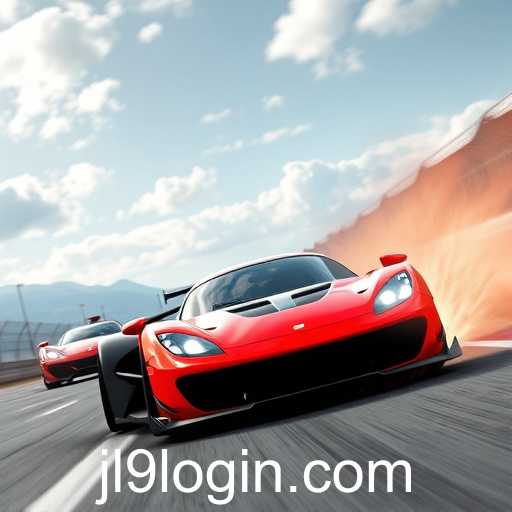An in-depth exploration of racing games, their evolution, and why they continue to captivate gamers worldwide.
Racing games have long been a staple in the world of video gaming, offering an unparalleled adrenaline rush and a sense of speed that captivates players. From the early arcade classics to the latest virtual reality experiences, this genre has evolved dramatically over the decades. With 'jl9' being the focal keyword linked to this category on prominent gaming websites, it's worth examining what makes racing games such a relentless pursuit for many gaming enthusiasts.
At their core, racing games are designed to mimic the experience of high-speed competition, where players navigate tracks, avoid obstacles, and outmaneuver opponents to cross the finish line first. The appeal of these games comes not only from their competitive nature but also from the realistic graphics, car customizations, and the strategic elements they offer. From kart racers to realistic simulators, there is a diverse range of options available for players of all skill levels and preferences.
Historically, racing games can trace their roots back to the 1970s with the release of foundational arcade titles such as 'Gran Trak 10' and 'Pole Position'. These games laid the groundwork with simple graphics and basic mechanics, yet they captured the essential thrill of racing. As technology advanced, so did the complexity and realism of racing games. The transition from 2D sprites to fully rendered 3D environments marked a significant leap forward, epitomized by groundbreaking titles like 'Need for Speed' and 'Gran Turismo'.
In recent years, the appeal of racing games has been further enhanced by the inclusion of sophisticated physics engines and expansive open-world environments, allowing players to experience the thrill of racing in immersive and realistic settings. The incorporation of online multiplayer modes has also revolutionized the genre, fostering vibrant communities and esports events worldwide.
One of the most significant developments in racing games is the introduction of virtual reality (VR). VR enhances the immersive experience to unprecedented levels, allowing players to feel as if they are truly behind the wheel, navigating hairpin turns and steep descents in real-time.
Furthermore, modern racing games provide extensive customization options, from vehicle modifications to personalizing in-game avatars and tracks. This personalization caters to a wide array of players, from casual gamers seeking a fun escape to serious competitors honing their skills.
In conclusion, racing games continue to be a beloved genre in the gaming industry, promising thrilling experiences and endless entertainment. With the continuous advancements in technology, the future of racing games is poised for even greater innovation, ensuring they remain a captivating pursuit for generations of gamers to come.




